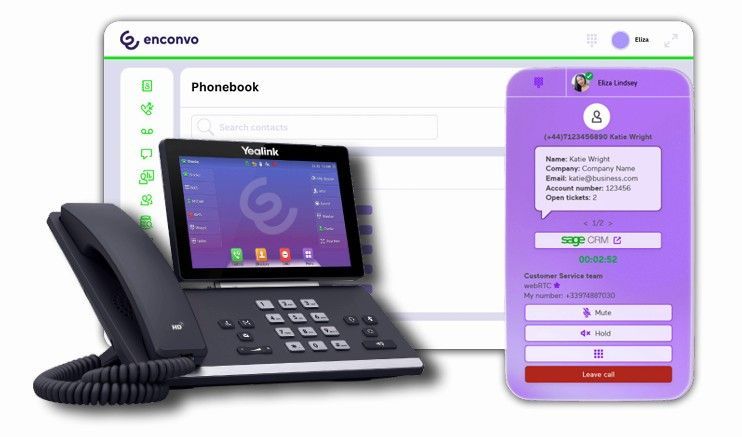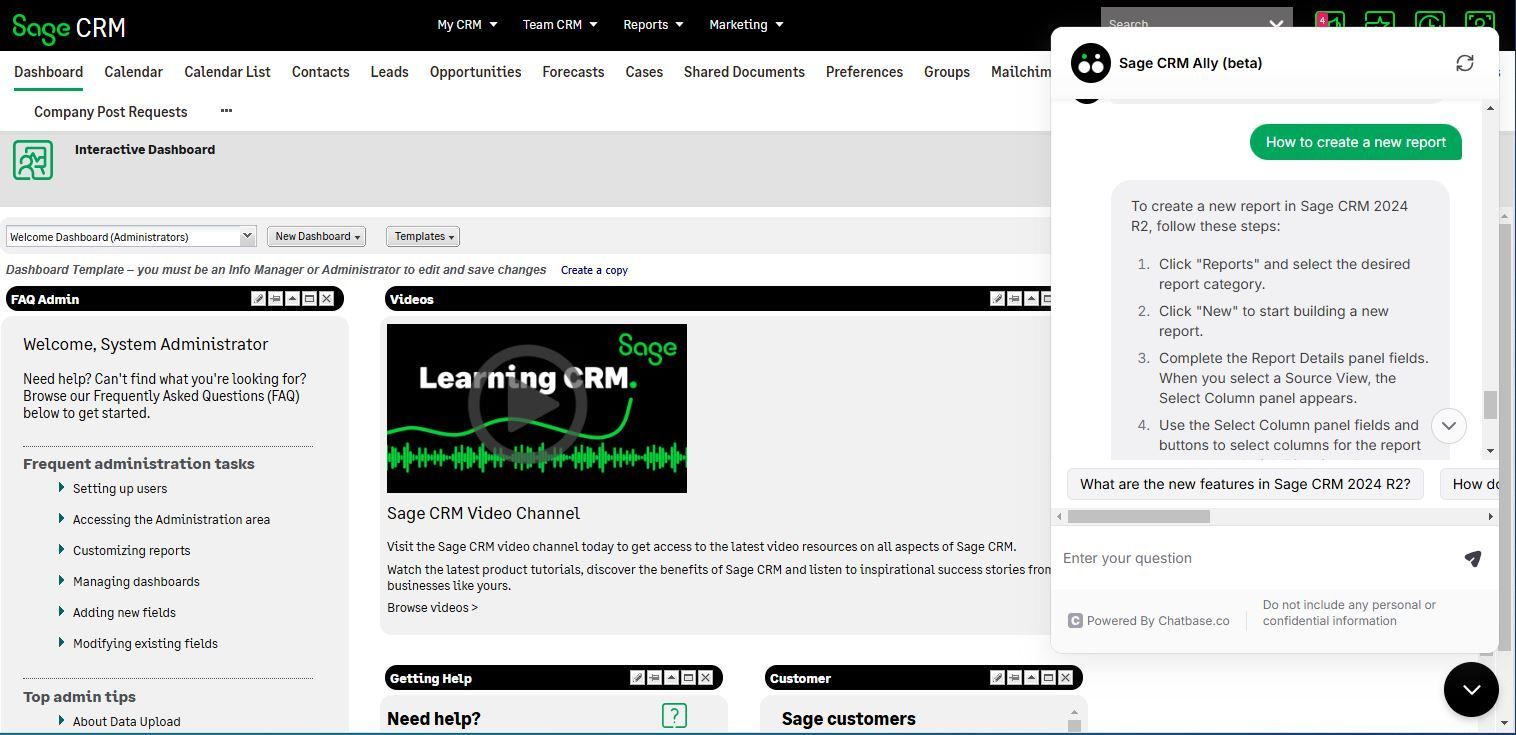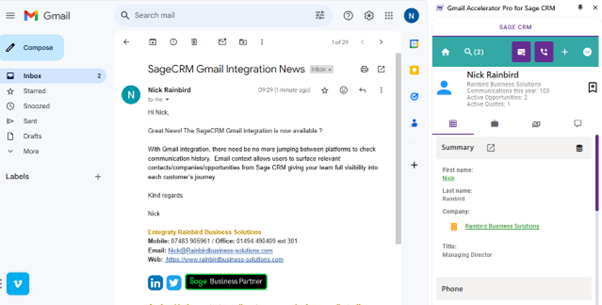CRM Blog News & Insights

Have you ever found yourself juggling multiple quotes for a single, large project where your customers are all bidding against each other? For sub-tier suppliers , managing these complex sales scenarios can feel like a labyrinth. This article will show you how to gain clarity and control. This requirement is quite common in project-based or contract-driven industries. Think of a government agency, construction suppliers / manufacturers, or a large enterprise inviting multiple vendors or subcontractors to bid. As a supplier, you might be asked by several of those bidders to provide pricing. This creates a many-to-one relationship between your quotes and a single ultimate project. This is a common pattern where your company acts as a sub-tier supplier, and needs to: Quote to multiple potential prime bidders. Track all activity against the same external project or end customer. Ensure transparency, avoid conflicts, and consolidate visibility across sales engagements.

Extend the power of your Sage Business Management Solution right across your business, giving end-to-end visibility, so you can make better informed business decisions across your business teams, whenever and wherever they work together. Help your business flow. Our range of sales, marketing and service modules help meet the needs of agile businesses. • Create targeted marketing campaigns Help marketing teams reach the right people, at the right time. • Accelerate and focus sales activities - work on the most profitable activities to grow a business, provide an excellent customer experience, delight customers and outperform the competition. • Harness the power of an integrated CRM solution. • Automate processes within any business and do more for less.
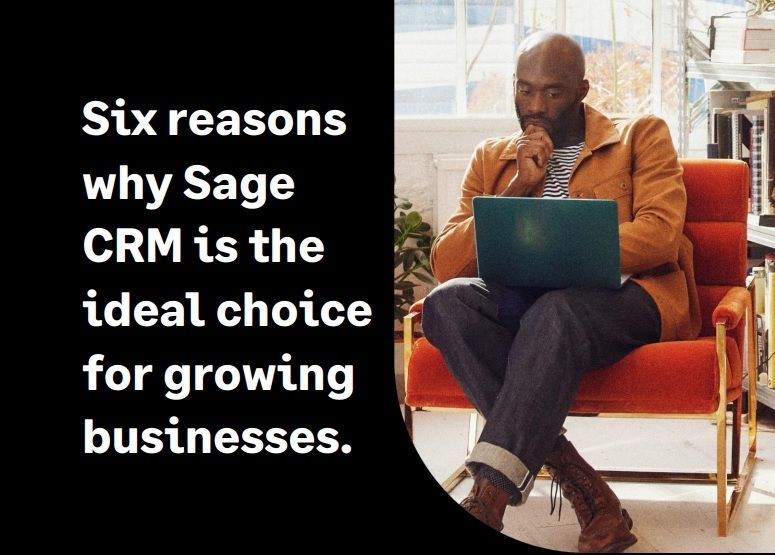
1. Intuitive CRM your teams will want to use At ERBS, we believe software shouldn’t be difficult to learn, hard to update or challenging to use. This is the approach we took when we created Sage CRM. It’s an intuitive CRM solution and one which you and your team can get started with and experience within minutes.
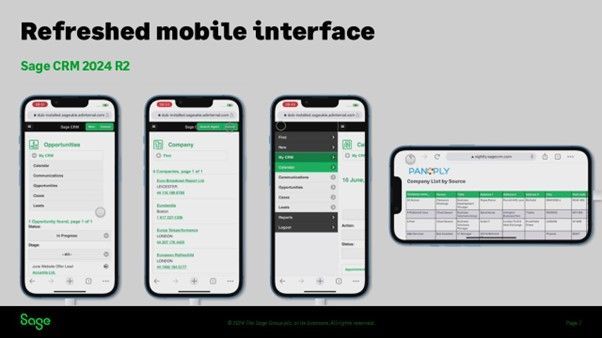
Here are ERBS we pride ourselves on keeping up with the latest software upgrades, new features and the innovation of SageCRM in general, and then forwarding on this knowledge and opportunities to you, our customers. So in this tradition, this blog is bringing you, our community, all you need to know about the SageCRM refreshed mobile interface. With the release of Sage CRM 2024 R2, Sage has introduced a refreshed UI that enhances the visual appeal and puts user needs at the centre of the design. Find out more

